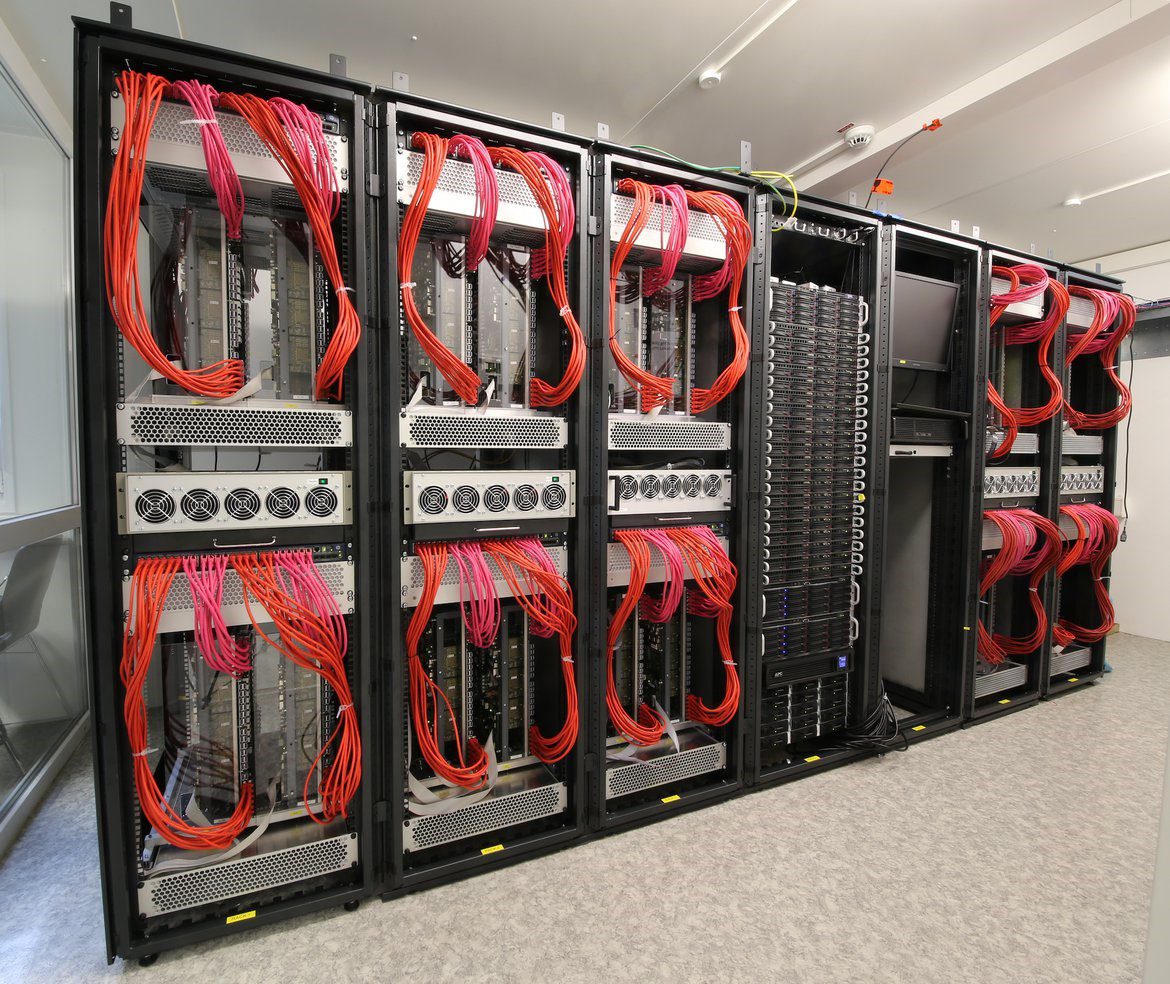As AI continues to progress, one thing we know for sure is that software demands will quickly outpace hardware capabilities. That’s why the neuromorphic community is as active as ever, with a growing number of neuromorphic computing events and conferences, many of which Numenta has attended in the past. Several public and private groups are dedicated to building chips designed to work more like the human brain. These chips, which emulate neurons in silicon, are essentially the hardware for the future of AI.
Neuromorphic chips offer the ability to process information much more efficiently than their traditional CPU counterparts. Instead of transmitting information at regular intervals, neuromorphic chips communicate using “spikes,” just like neurons in our brain. They can implement neural networks directly into hardware.
While there are many different types of chips, from Qualcomm to Intel to IBM – for the first time, a major group has recognized the importance of implementing dendritic spikes. The Human Brain Project’s Neuromorphic team recently unveiled a chip called BrainScaleS-2 that models neurons consistent with the model we described in our March 2016 paper “Why Neurons Have Thousands of Synapses.”
BrainScaleS-2 was one of three new chips announced at the NICE (Neuro-inspired Computational Elements) workshop at the end of February. It is the first chip to feature neural networks with dendritic computation, which goes well beyond the point neurons used in most neural networks today.

The original BrainScaleS chip. Credit: Human Brain Project 2017.
The creation of BrainScaleS-2 was a major undertaking that involved many people, and it’s great to see a neuromorphic development headed in this direction. We’re not focused on neuromorphic computing ourselves, but we’re pleased to see people modeling neurons more realistically. Our theories show why this is important, and now it could have major implications for the chip industry.
Additional Resources
The Human Brain Project is a 10-year project funded by the European Union that focuses on six research platforms: Neuroinformatics, Brain Simulation, High Performance Analytics and Computing, Medical Informatics, Neuromorphic Computing and Neurorobotics. For more information on the Human Brain Project, click here.
For those interested in the details about the BrainScaleS-2 chip, you can read this paper, “An Accelerated Analog Neuromorphic Hardware System Emulating NMDA- and Calcium-Based Non-Linear Dendrites” by Johannes Schemmel, Laura Kriener, Paul Muller and Karlheinz Meier.
To read a paper our VP of Research, Subutai Ahmad, co-authored in 2015 with a member of the Human Brain Project about porting HTM algorithms to a neuromorphic computing platform, click here.

